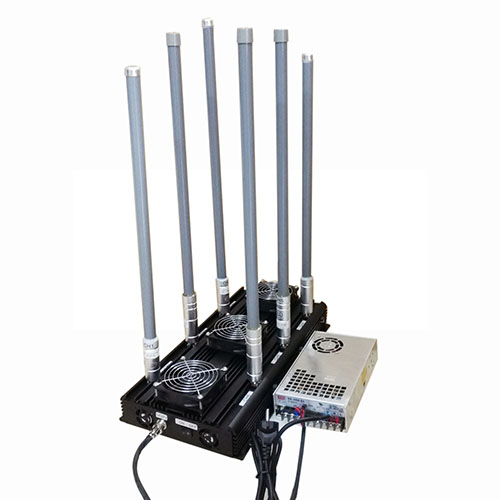The purpose of this article is to explain how to implement calculations and/or metrics for "chained" blocks. Clearly, the drone jammer is not linked to the victim, but we can analyze their interaction in the same way we observe a normal communication link between two "partners".
In general, we can say that the communication link has only one dimension that needs to be calculated. For the shielding case, two dimensions need to be calculated and then compared. The "link" that will present a stronger signal at the receiver input will dominate; it can be the transmitter ("partner") or the blocker.
To better explain this problem, we will first try to explain the basic concept of communication shielding.
Drone jamming concept
The role of a drone signal jammer is to interrupt the communication link (or network) between two (or more) partners; when they try to talk to each other or pass some data between them, even when the drone The occurrence of a communication link with its operator is also a special case, unlike many others. We can try to block communication between the phone and the base station, between two tactical radios, between the pump and the remote used to activate it, etc.
Drone signal jammer system
To deter, the drone blocker transmits radio frequency energy (CW+ modulation) on the same frequency as the adversary's link or network. The enemy receiver (the "listening" party) will receive the blocker transmission and the "buddy" transmission. The stronger will prevails; if the power of the blocker is greater than the power of the partner, the listener will not be able to properly understand the message/data. Alternatively, if the "partner" has more power than the blocker, the listener may be able to understand the message/data correctly and the communication link between the partners should continue uninterrupted.

This explanation is a bit superficial and intended to simplify things. However, if we try to dig deeper into this, we can plug in more parameters to compare the signal levels of the two links. An example is the SNR (Signal to Noise Ratio) that the receiver "sees" at its input. Sometimes the interfering signal arriving at the receiver input may be smaller than the communication signal ("partner") and still prevail. This usually happens because the receiver needs some headroom between the two signals at the input in order to be able to interpret one of them (usually the stronger one)





